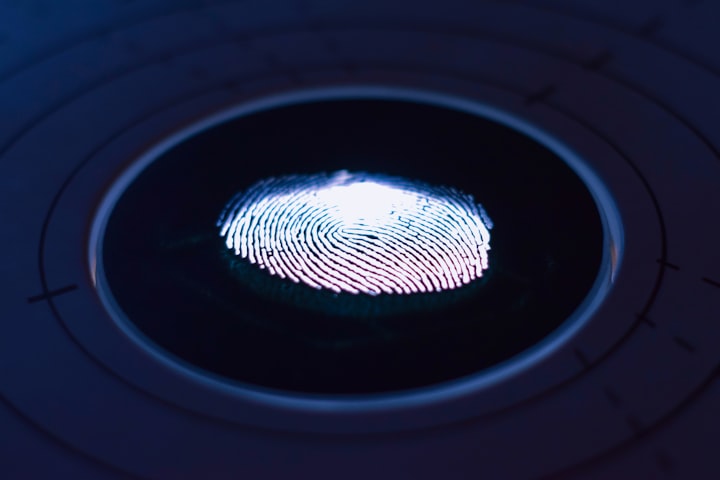Reason First: Thomas Jennings and the Power of Fingerprints Forensics
Jennings became the first man to be fingerprinted for a crime in the U.S. How did all of it play out in reality?

Like a dramatic scene from a play, Chicago is regarded as the first city in the United States to recognize the practice and convict a man based on fingerprints as evidence. The night of the murder of Clarence B. Hiller would shake anyone to the core. A weird sound aroused Hiller and his wife from their slumber. In a struggle, Hiller and the anonymous figure tumbled down the staircase like two dogs wrestling.
In the fall, the figure fired two shots into Hiller, murdering him. About a mile away, off-duty cops awaited a streetcar as they had been homebound. They soon found a man exhibiting strange behavior. In their brief investigation, they discovered a loaded firearm and new bloodstains on his blouse and trousers.
Finally, the policemen hauled the man into custody. Law enforcement identified the figure, the weird noise maker, the suspect as Thomas Jennings.
Detectives discovered four fingerprints in wet paint. Each of the prints matched Jenning’s own including 33 points of identity. Also, Jennings’ revolver cartridges matched three discovered next to Hiller’s corpse.
The defense argued that Illinois state law did not grant the admission of fingerprint evidence. The judge stood resolute. He permitted it. This public officer then sentenced Jennings to death. In an appeal, the attorneys once again denounced the use of fingerprints in this case. The trial escalated to the Illinois Supreme Court. The officials there supported the legal status of fingerprint evidence and sealed Jennings’ death.
In what could have been a case where Jennings could have gotten away with his crime, the science of forensics got a jolt of approval like a lightning strike. If the points of identity had not matched the murderer, if he had not been thought of as a suspicious person he might have escaped capital punishment. Instead, the evidence spoke like a language of science. The power of the idea of using fingerprints in 1910 America set up a new way of discovering the truth. Thousands of other investigators would be enabled to find their man or woman based on prints.
Jennings just represents the terror that had to be silenced for taking another life. His inability to reason with and persuade his victim shows that he was a man of little to no scruples. Like a spectre in a ghost story, Jennings stalked in the middle of the night and disturbed Mr. Hiller. The latter did not expect to be laid down in gunfire. Without the prints, Jennings may have still been at home, a criminal of the bloodiest order.
Though fingerprinting had been used in Ancient Egypt and China to mark the various signatures on contracts, it took Argentianian police official Juan Vucetich in 1852 to introduce fingerprinting as a way of putting them on file.
The practice of course journeyed to the shores of America in the coming decades. The time that it took for it to reach the U.S. is somewhat astounding. Furthermore, it is amazing that the lawyers repudiated the use of fingerprints as evidence in a court of law.
Jennings, the monster, had no argument to defend his case. The fingerprints damned him. Like a venomous snake that struck a man’s heel, killing him, Jennings felt that he could get away with his crime. Fortunately, the laws of science remained on the side of justice. With fingerprinting now a component with the advanced tools that forensics officers employ today, there is a chance to stop the murderers from skating the eyes of the law. The quick way of considering this whole case is to look at the context. 1910 Chicago, Illinois had yet to be a place of the violence from gangsters or drug pushers or gangs. The idea that someone could sneak into someone’s home and take another life may have been the shock for the Chicagoans of that time.
About the Creator
Skyler Saunders
Cash App: $SkylerSaunders1
PayPal: paypal.me/SkylerSaunders
Join Skyler’s 100 Club by contributing $100 a month to the page. Thank you!






Comments
There are no comments for this story
Be the first to respond and start the conversation.